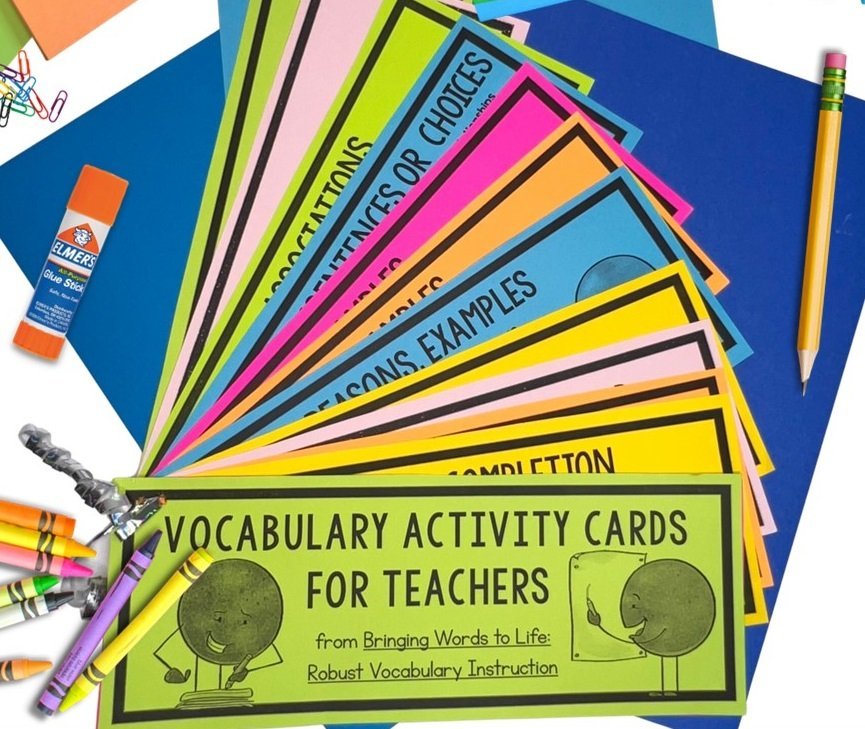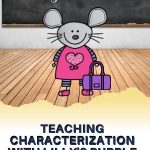
Teaching kids to think deeply starts with analyzing text elements. We do this by comparing and discussing characters, setting, plot, author’s use of language, what we learn from our reading, and so much more. As we think about characterization, we also need to consider our kids’ understanding of character language.
Introducing Characterization
When I am teaching characterization, I like to start with a listing of character traits. Sometimes, students struggle to read and understand them, so working with the words and building understanding through examples is key. It is not too difficult to find lists of traits to use with lessons, and I always include a list in my kids’ interactive notebooks for reference throughout the year.
Modeling with Lilly’s Purple Plastic Purse
For a characterization lesson using Lilly’s Purple Plastic Purse, you’ll want to begin with modeling [THIS POST] by my friend, Jenn from Reading in Room 11 on Adventures in Literacy Land offers great teaching options for characterization. I love the organizers she shared within her post and I highly recommend you hop over to check it out. It explains what character traits are and what we observe to identify them.

With my kids, I talk about positive and negative behaviors. Characterization lends itself to a discussions of being a friend and behaviors we like to see at school. This concept sort is one I’ve used for discussions. I like to pair the kids, let them work through the list of words to decide whether they are positive or negative, and why they place them where they do. This gets the kids talking and engaged.
Linking to Literature

Now, this is the point where I bring in the books. One of the best ways to make a concept stick is with real examples. Lilly is a character indeed! Not only does she have observable outside traits, but her behaviors demonstrate inside characters. Throughout the book, there are great teaching points, and the teacher can also show character change from positive to negative and back.
Lilly’s Purple Plastic Purse Unit
- schema building
- vocabulary
- making predictions
- making connections
- sequencing events
- character traits
- story elements
- questioning/discussion task cards
- writing about reading
- and a final class book project (Facts About Me)
Kevin Henkes Author Study
-
Sale Product on saleKevin Henkes Author Study Bundle for FIVE TITLES, Back to School, CCSS Aligned
$23.48Original price was: $23.48.$15.00Current price is: $15.00.
In addition to the Lilly unit, I also have five other Kevin Henkes book units. They are formatted similarly with a comprehension focus. For a detailed look at each, click the image to the left.
Books included in the bundle are:
- Chrysanthemum
- A Weekend with Wendell
- Owen
- Lilly’s Purple Plastic Purse,
- and Wemberly Worried
Other Posts on Characterization:
Enjoy the weekend readers, and be sure to check back regularly this month for other fun surprises.

Pin for Later:




















